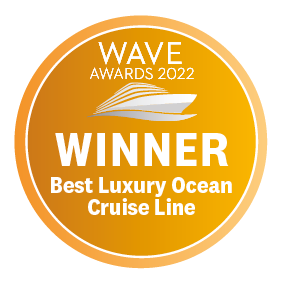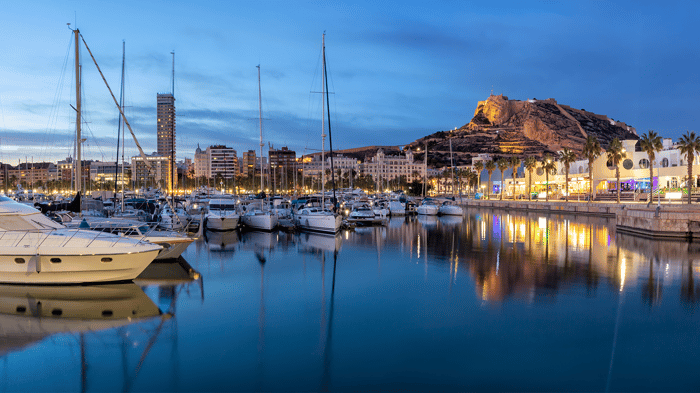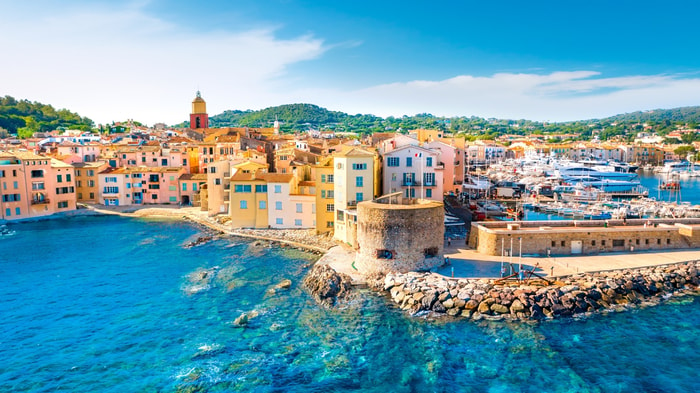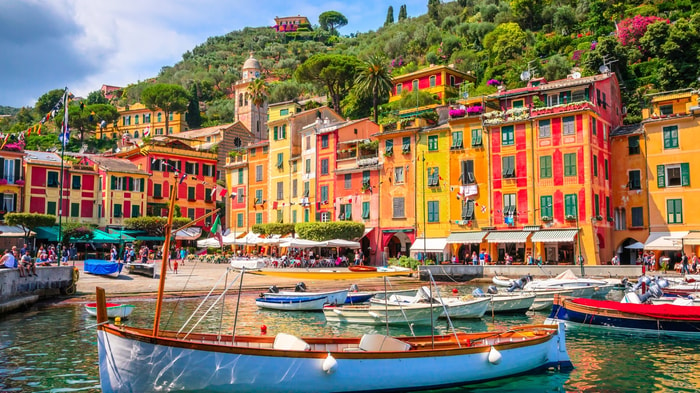Flavors Of The Mediterranean

Seven Seas Navigator® may be found in two very different regions: the South Pacific or Canada and New England. Take your pick of amazing beauty in both destinations — turquoise waters teeming with bright tropical fish or the blazing orange, red and gold leaves of a New England autumn.
Regent is almost in a class of its own, offering luxury on an incredible scale with original Picassos, an acre of marble and 500 chandeliers aboard Seven Seas Explorer, Seven Seas Splendor and Seven Seas Grandeur.
The most opulent suites in all three - at around £8,000 a night - feature grand pianos, private bars and even their own spas. The signature Compass Rose restaurant is an absolute must-see.




Seven Seas Navigator® may be found in two very different regions: the South Pacific or Canada and New England. Take your pick of amazing beauty in both destinations — turquoise waters teeming with bright tropical fish or the blazing orange, red and gold leaves of a New England autumn.
